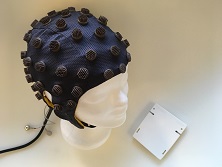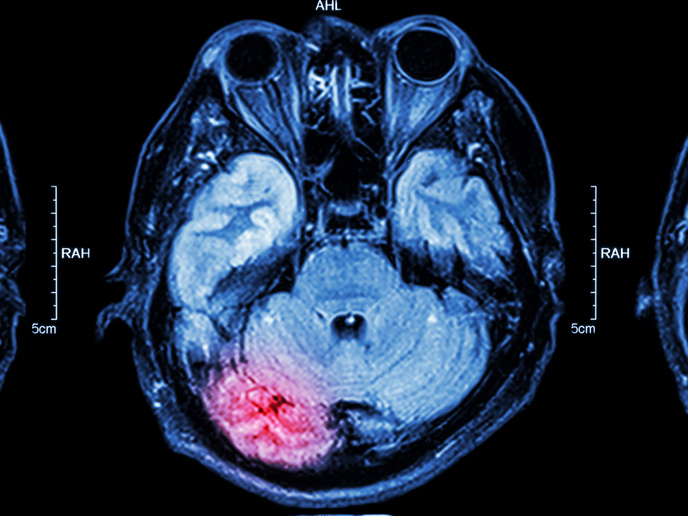Novel dry electrode EEG system for brain research in a cap
Despite continuous advancements in signal amplification and data processing, difficult and error-prone signal acquisition on the head surface is still a major issue limiting EEG use in basic and clinical research. The EU-funded ANDREA(opens in new window) project integrated a novel concept dry electrode technology with an adjustable cap network. As project coordinator Prof. Silvia Comani points out, “The system meets the requirements for high signal quality and reliability, mobility, high patient/subject comfort and long-term use.” The cap provides an automated sensor positioning mechanism, flexible compliant electrode shape and a software toolbox for the automatic classification and removal of the main artefacts that might affect the EEG recordings. “The novel technologies were validated in clinical (neurological patients) and non-clinical (athletes) populations to produce a system optimised for a broad range of EEG applications,” says Prof. Comani. Dry vs wet This innovative headset has a dry electrode system. The electrode composition is such that it avoids all the drawbacks of applying conductive paste to reduce the impedance between the head scalp and the sensor. A ‘wet’ system also has other disadvantages. For instance, the wearer can develop allergies to the gel and the paste may leak forming cross-bridges between electrodes. Drying of the paste also introduces error due to decreased signal quality. One big advantage factor is related to the speed with which the dry cap can be fitted. This is very relevant where fast action is of critical importance. Challenging conditions like epilepsy can be tackled quickly enough to reconstruct the foci for accurate surgery. Impressive array of new features The EEG cap system is plug-and-play and is designed to combine user comfort with state-of-the-art performance for brain research. The multi-pin electrodes are light weight and mechanically flexible with a nanostructured conductive coating for stable and reliable readings. Moreover, the different multi-pin shapes can fit different scalp areas to increase signal quality and offer maximum comfort for the wearer. A modular concept allows the application of eight to sixty-four electrodes. Active preamplification electronics improves the signal quality at increased electrode-skin impedance levels. Electrical impedance of biological materials reflects the clinical status of the tissue under study. Together with algorithms for automatic artefact rejection and the optimised software toolbox, the system detects and rejects artefactual components in EEG datasets recorded with different types of electrodes and cap layouts. All-important knowledge transfer at every level ANDREA successfully set up some 44 secondments of staff members belonging to a different sector for a total of 99 person-months. “This programme also contributed to the sharing of different cultures and knowledge among partners,” emphasises Prof. Comani. As a result, the research capacity, international visibility and competitiveness of each partner was significantly enhanced. This in itself has led and will continue to lead to several well-received interdisciplinary scientific publications. Future research path Some ANDREA partners have already submitted new project proposals for the development of dry electrodes that will monitor brain function in newborns to prevent neurological, cognitive and motor impairment in later life. This presents new challenges related to skin sensitivity of such young subjects. Another direction lies with social interaction and coordination studies but this must incorporate full-body motion to be meaningful. The dry EEG system must therefore be robust with stable skin-electrode contact for reliable brain signal monitoring. A grand total of 82 dissemination activities were directed at both the specialist and general public. National and international scientific conferences, international fairs, events organised by scientific societies and open days at universities were among the activities. Prof. Comani sums up the resounding success of the ANDREA project. “Based on the sound technological advances in the dry electrode EEG system coupled with dissemination and collaboration, we expect that the ANDREA network will become a permanent EU research network promoting health technology in Europe.”







